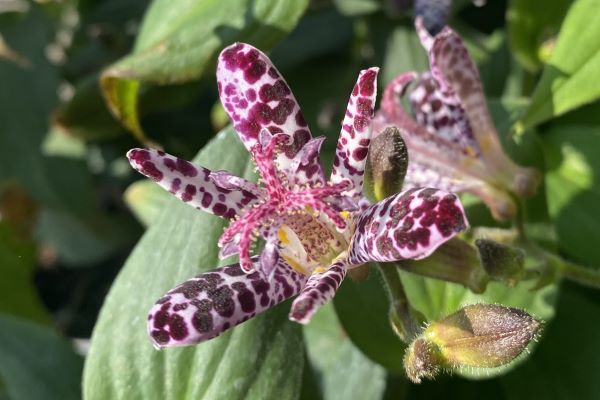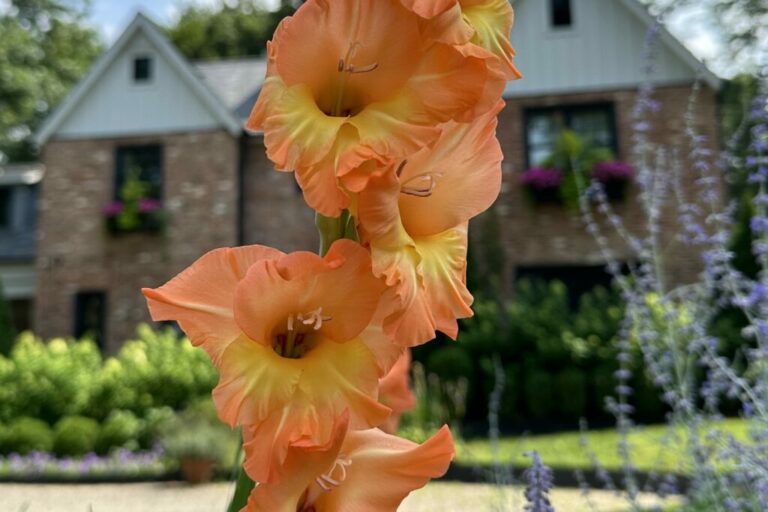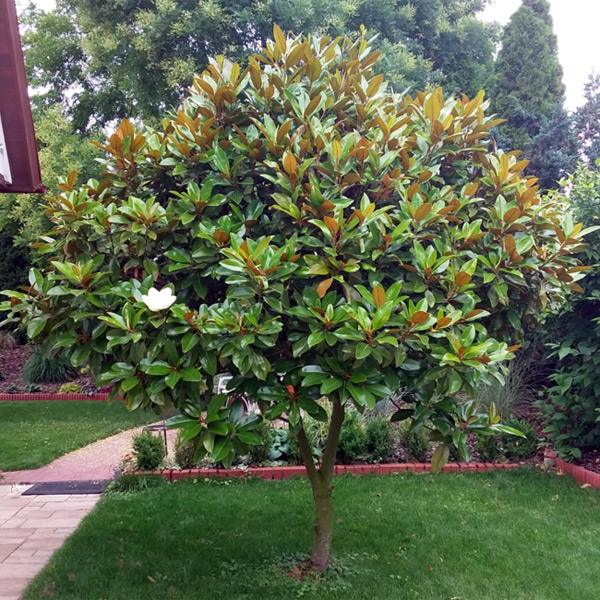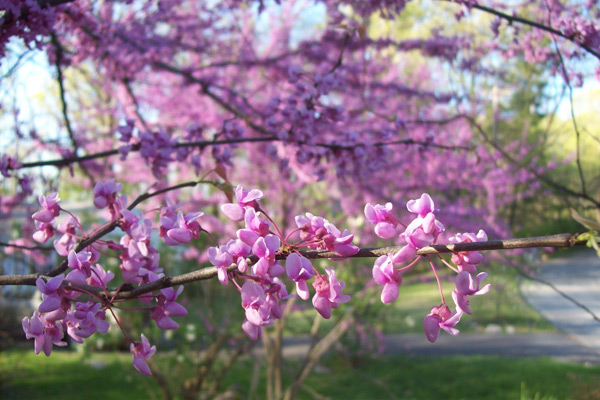Fall Gardening in North New Jersey
By Eren Jan |September 7, 2023
It’s that time of year again. The sun is beginning to set earlier, the temperature is dropping, and your garden is ready to be reigned in. Luckily, fall is the perfect time to do a lawn and garden reset as we prepare ourselves for the winter months.

In North NJ, the autumn soil has spent the whole season being heated by the summer sun. Coming into fall, the soil is warm and the weather is temperate, creating the ideal conditions for cultivating new plant growth. Warm soil facilitates strong root development, whilst the milder weather means less pest pressure and weed growth. In North NJ, autumn often surpasses spring for gardening pursuits like seeding lawns, as spring’s soil is still recovering from the winter chill. Savvy gardeners take advantage of the fall season to introduce next year’s shrubs, trees, and grass seeds, ensuring a seamless transition into winter and spring.
The most crucial component of fall planting and seeding is to plan your frost dates. In North NJ, the fall frost usually falls around late October into early November. In North NJ, the first frost is typically in late October to early November, offering approximately two months of fertile ground for fall planting endeavors. If you are planting vegetables, take a look at harvest dates and plant accordingly. Because of the warmth of the soil, the seeds will germinate much faster as opposed to the spring. An array of enticing options awaits fall planting enthusiasts. Cold-hardy salad greens like lettuce and spinach mature swiftly, while root vegetables such as radishes and carrots, although slower to grow, boast enhanced flavor during colder days. Additionally, robust Asian greens like bok choy can withstand frost and may even thrive throughout the winter months.
Moreover, fall is the perfect season for lawn care, especially in North NJ. Grass seeds should be sown at least 45 days before the frost date to ensure that your grass seeds can develop sturdy roots to weather the winter. Nurturing your lawn through seeding and fertilization guarantees a lush, verdant expanse come springtime. Prepare your soil by tilling and adding any amendments, such as compost, and choose a grass seed mix that is suitable for your lawn. We love Jonathan Greene’s Black Beauty Ultra grass seeds, which contains a premium blend of grasses to ensure the fullest and hardiest lawn. After sowing your seeds, it is important to mulch or straw your yard to keep the seeds moist and in place. Grass seed germinates anywhere between five days and three weeks, so keep an eye on your seedlings and water accordingly. By the time spring rolls around, your lawn will be the envy of the neighborhood.
Fall soil conditions are also favorable for landscaping endeavors such as planting perennials, shrubs, and trees. Fall is optimal for these pursuits as opposed to spring, as spring plantings may not have time to develop sturdy roots before summer’s scorching temperatures. Fall plantings have the time and conditions to thoroughly root out into a quality root system strong enough to weather the harshest winters and driest summers. No more digging into frozen soil or stressing about underwatering your trees. Summer’s end does not mean you have to forego color in your garden, either. We have a myriad of plants that bloom and thrive in the fall, such as the toad lily, fall-blooming anemones, callicarpa, ornamental grasses, and rudbeckia! Plant in the fall and enter springtime with confidence and happy trees.
Here’s to a fruitful season of flourishing gardens! Happy planting!







